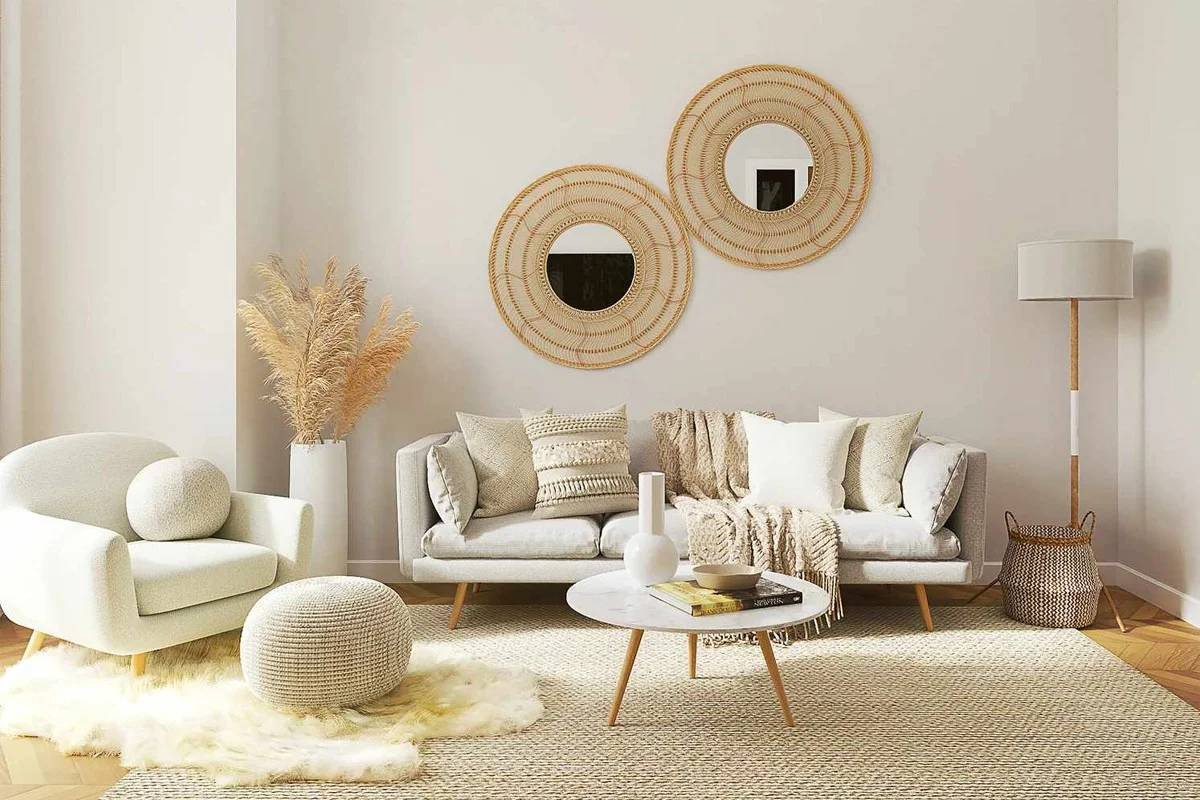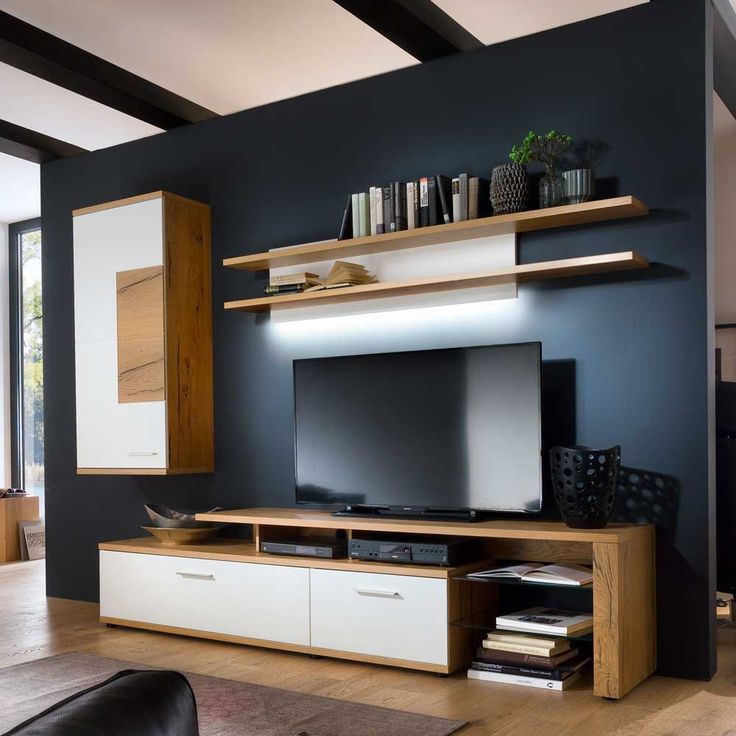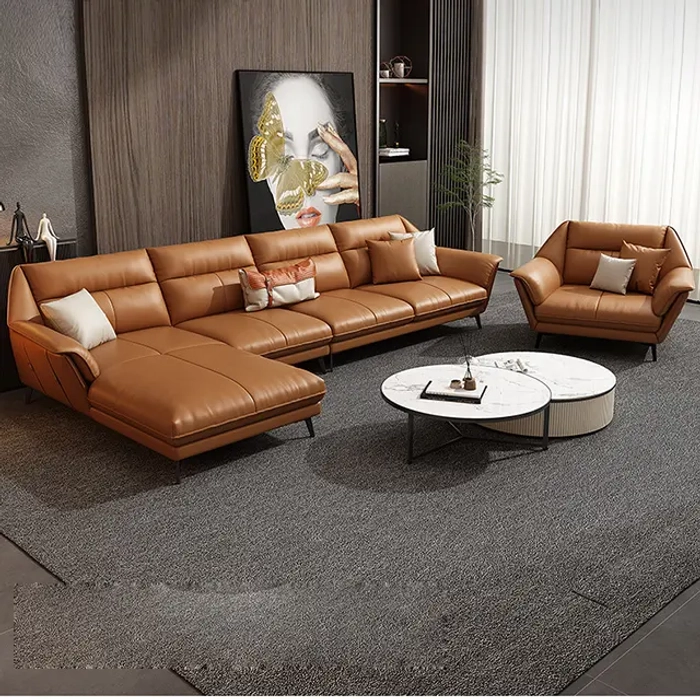Our living rooms have evolved from relaxing spaces to multiple-purpose rooms in our home in a fast-paced world, such as a workstation, a relaxation zone, or an entertainment space. When you have a small home, it can seem almost impossible to put together a chic yet practical room.
Having a smaller footprint doesn’t have to sacrifice comfort or style. Here are space-saving and stylish solutions that are practical and not outdated. These 10 tips for living room designs for small spaces including furniture choosing the right furniture and using the smart storage idea will help you to turn your small living room into a welcome home that is suitable for you without it feeling cramped. In short, together let us reimagine all spaces and make your living room the lifeblood of the home.
1. Use Multifunctional Furniture
If you have limited space, every piece of furniture needs to work double for you. The space-saving potential of multifunctional furniture is a lifesaver for the small living room, enabling both form and function while conserving precious space. A sofa bed, for instance, can double as a comfortable seating area during the day and a guest bed at night.
Storage ottomans or coffee tables with storage help keep clutter at bay while giving you a place to put your feet up or rest your decorative pieces. Other great ideas are wall-mounted foldable desks or tables, allowing you to have a workspace or a dining surface that can be tucked away when not in use.
Versatile modular furniture, like sectional sofas with storage or adjustable shelves, can change to fit your needs. When you opt for these multifaceted pieces, you make a small sitting room practical as well as stylish, without wasting space.
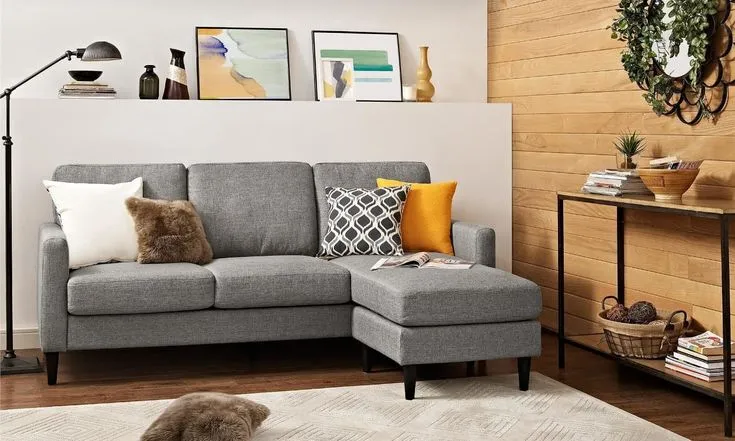
Image Source: Pinterest
2. Choose a Light Color Palette
One of the most critical aspects of creating a cosy atmosphere of a spacious living room for all to enjoy is the colour palette you adopt. In general, light colours are better for small spaces as they reflect more of the natural and artificial light which is beneficial in giving a sense of openness and airiness; this includes whites, creams, pastels, and soft greys. A neutral foundation helps to create the illusion of a larger space and also provides a backdrop for accents that allow you to express your personality.
Perhaps try a light wall colour, complemented by a colour just a few tones off on the ceiling for dimension. A beige (or a light grey) furniture would match the walls and at the same time will not dominate the room. To prevent the space from looking too flat, add in a few colourful accents through throw pillows, rugs or art. Use soft colours such as pastel greens, blush pinks or light blue to add pops of colour without saturating the room.
If you have a small room, opt for a light colour palette to create an airy, tranquil, and unified design in your living room.

Image Source: Pinterest
3. Incorporate Mirrors
Mirrors are one of the best ways to create an illusion of space in a small living room. You can even make the tiniest of rooms feel bigger and airier with the way they can bounce light and trap the illusion of depth. If you place a huge mirror on the opposite side of your window, one will be able to reflect the natural sunlight, which brightens up the space and makes the place look open.
For some extra interest, use larger or floor-length mirrors to make a statement while also increasing the dimensions of your space. You could also forego extra furniture by adding decorative mirror panels or a gallery wall of smaller mirrors to increase the texture and interest of your decor. More than just reflective surfaces, mirrored furniture, like coffee tables or console tables, provides another stylish way to reflect light in a space.
For the most impact, have mirrors positioned in an intentional way so that they reflect something beautiful, such as a piece of art, a light fixture, or a view outside. Mirrors can make a difference when it comes to upgrading your small living room to a brighter, larger and bolder space!

Image Source: Pinterest
4. Opt for Vertical Storage
Vertical storage is a small living room lifesaver when space is at a premium. Using your walls wisely can help be out of the way and give the perception of a room being bigger and taller. Vertical storage solutions, from shelves to cabinets, help to make the most of every inch of space, without taking away from the room’s footprint.
You can set up wall-mounted shelves that serve as a shelf for books, decor, or even plants making it a good starting point. Tall bookcases pull the eye up and give the tall room some vertical space while floating shelves are a light and modern option. Wall cabinets are another functional answer, as they allow for that storage to be hidden away – as in clutter like remotes, chargers and other miscellaneous stuff.
Think about putting in hooks or pegboards to hang any decorative items, baskets or small furniture such as folding chairs if additional functionality is required. Modular storage systems are another awesome option because they can be tailored to meet your needs.
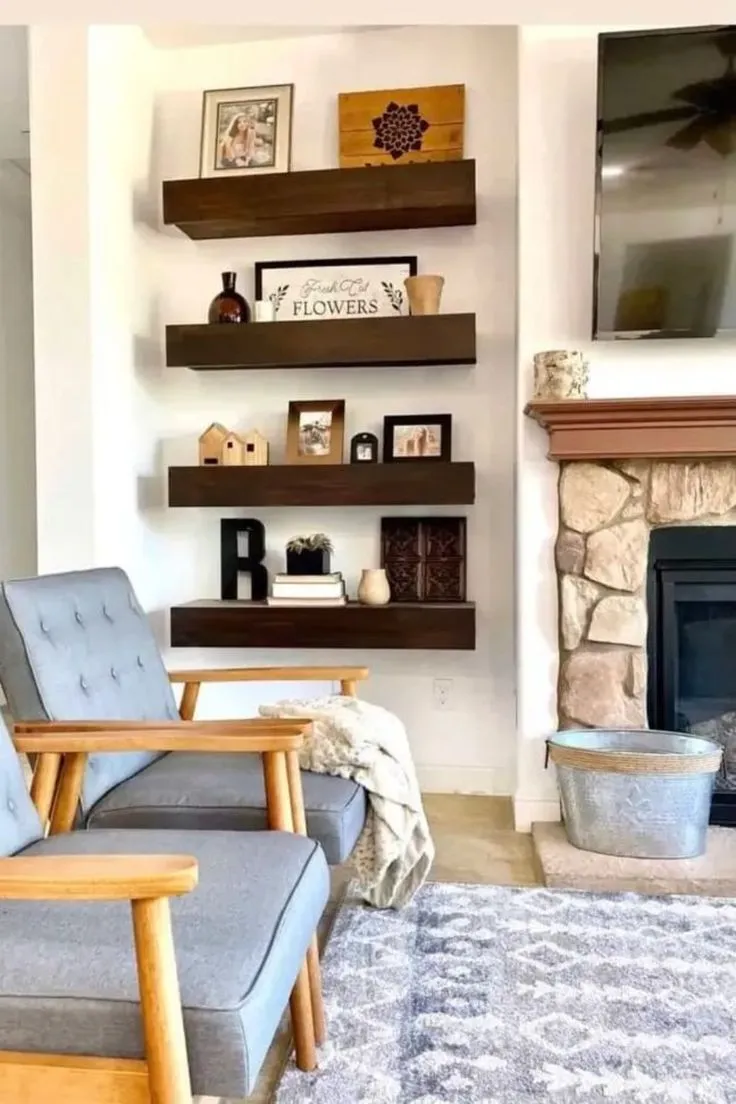
Image Source: Pinterest
5. Select Compact Furniture
The selection of furniture is important for small living rooms as well and compact furniture is the answer to creating a balance between style and functionality in a small area. Items that are large, chunky and oversized can make a room feel small, tight and messy. Instead, choose compact yet comfortable and functional furniture.
It is also good to have no-arms chairs, low-profile sofas, and combo tables for small spaces. For example, mid-century modern chairs and tables offer an airy look because their legs are exposed, allowing air and light to flow right beneath and making the room feel larger. Sectional sofas with removable components are a great option as modular furniture since they allow for flexibility to adjust the design whenever you wish.
Find multi-functional space-saving items such as a drop-leaf table that can be used as an office or dining table, or a bench that can be used for seating and storage. Focus on quality, not quantity: Everything in the room should have a purpose and not take up space unnecessarily.
Choosing small furniture helps you design a small yet highly controllable living room so you can enjoy its full function without sacrificing the aesthetic.
6. Hang Curtains Higher
Hanging curtains higher than your window frame is a simple trick that can instantly make a small living room appear bigger. To combat that feeling, it employs a simple design trick to guide the eye up, allowing for the sense of longer ceilings and a less cramped space. Instead of hanging the curtain rod just above the window, place it near the ceiling, preferably about an inch or so under the crown moulding or ceiling line.
Choose floor-to-ceiling curtains to maximise the effect of this. Long draperies lend a touch of sophistication and height to make the room feel larger. The curtain rods selected should be of a length that sticks out either side of the window frame.
This enables you to fully draw back the curtains, allowing more natural light to enter making the window feel larger. And you can stay in the room and keep light in it bright and breezy, by using lightweight or sheer fabrics. Hanging curtains higher can help you instantly make that small living room feel like a larger, cosier escape.
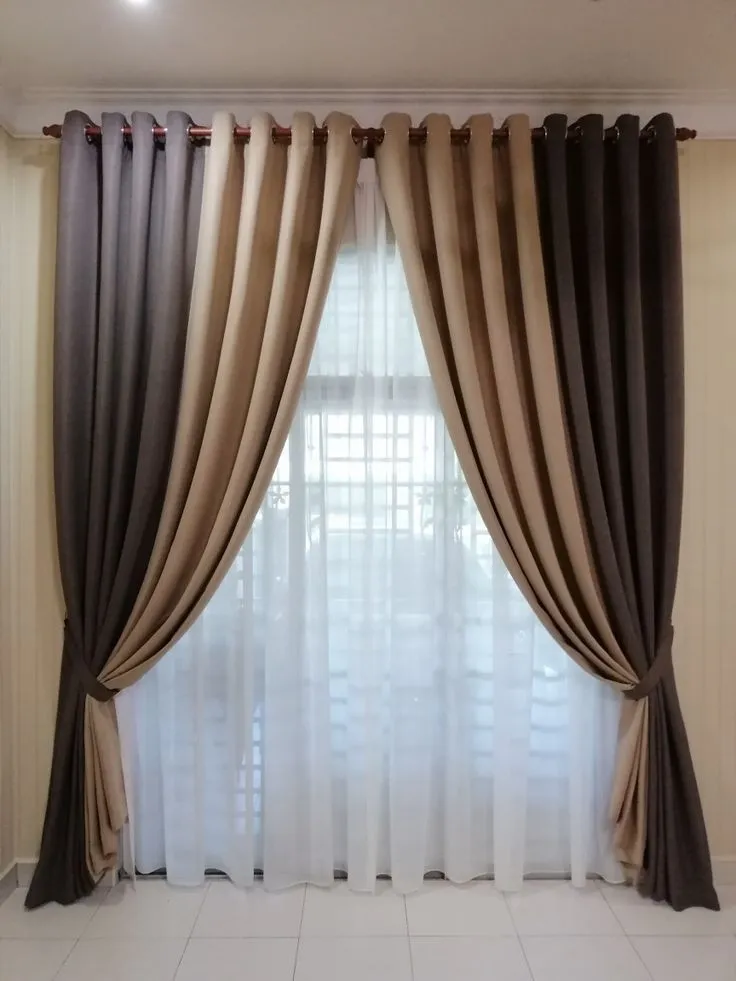
Image Source: Pinterest
7. Embrace a Minimalist Approach
If you have a small living room, the best approach is to go as minimalist as you can since it is the difference between an inviting space and a cluttered one. Minimalism is more than less, it is all about the quality, every line of furniture, every decor with good functionality, but with their aesthetic output towards the room.
Clutter is heavily visible in the area where you plan to organize and you should start grabbing things and throwing them off either into a trash bag or the box. Opt for pieces with simple lines and avoid excessive ornamentation and chunky furniture that can take over the room. Stick to a few colours (neutral colours with a little accent colour) to make your outfit look cohesive.
Functional decor pieces, such as an eye-catching work of art or a stylish floor lamp, add a ton of personality without overcrowding. Careful curated open shelves can help you add colours of interest and at the same time keep items organized.
Minimalism is really a powerful tool to make the small living room spacious, peaceful, and stylish, so that less is, in reality, more in design.
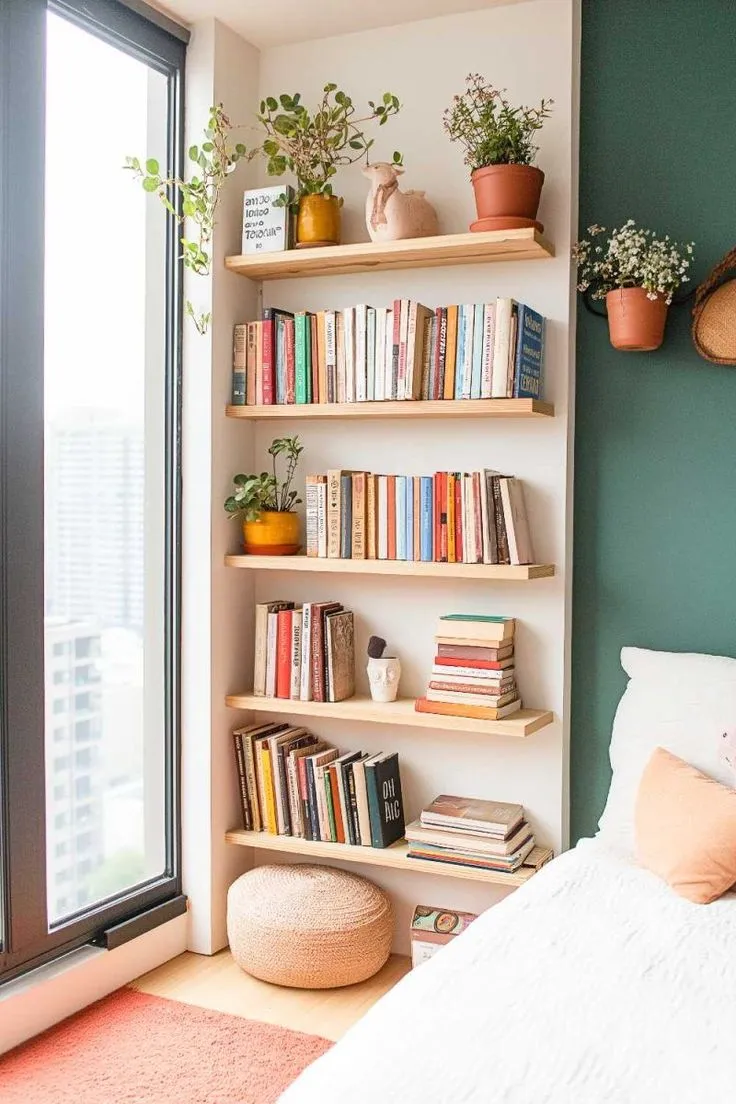
Image Source: Pinterest
8. Use Rugs to Define Spaces
Most importantly, in a small living room, rugs can do more than define space, and they can do more than decorate space, in a small living room, they can define space, and they can organize a living room space. A rug can ground furniture, add a structural element to a room, and delineate activity areas in open-plan or multi-functional spaces.
Select a rug aligned to the ratio of your space while resonating with the overall colour palette. A bigger rug can help create a unified space by connecting all the furniture, while a smaller one can complement a particular nook (a reading corner perhaps) or seating layout.
Another way to add visual depth and texture to the space to give it a more lived-in and well-styled vibe is by layering rugs. For example, a rug with a pattern would be layered over a neutral ground rug.
Allot space for furniture legs to rest part on the rug, and part off for a harmonious effect. A rug gives your small living warmth, a style and a definition that is sophisticated whilst improving functionality.
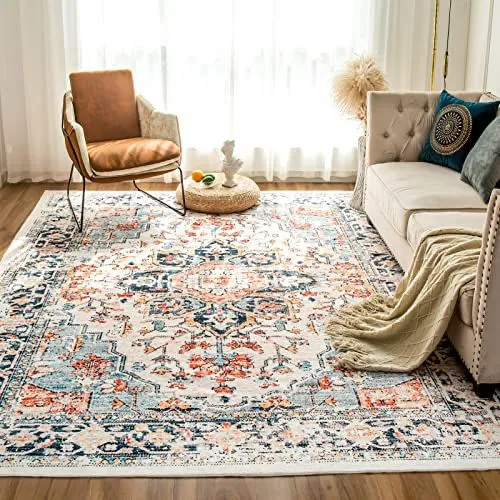
Image Source: Pinterest
9. Incorporate Hidden Storage
Small living rooms automatically tend to get messy and cluttered, so hidden storage solutions become a must to achieve a clean look. Clutter shrinks an already small space, but smart storage enables you to hide away items while enhancing both functionality and design.
Practical options include furniture with storage, like ottomans, coffee tables, or sofas with built-in compartments. Not only do these pieces provide functionality, but they also do so with good looks. Another way to save on floor space while storing remotes, chargers, and other miscellaneous items like books is to use wall-mounted storage with a mixed storage solution or storage units with hidden sections.
For smaller items, use decorative baskets or bins that slide under tables/sofas. Modular storage such as stackable boxes is simple to adjust to your room and needs. It will aid you to keep your small living room breezy, clutter-free and cosy, incorporating hidden storage in your design allowing you to live a minimal lifestyle with ease.
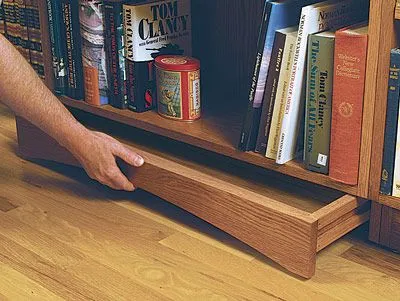
Image Source: Pinterest
10. Add Layers of Lighting
Start with ambient lighting, which can be overhead or built into the rooms of your house so that you have general light. After that task lighting, which may include a floor lamp by a reading chair or a table lamp on a side table, will shine a little brighter on specific tasks.
As for the accent lighting, such as, for example, LED strips behind shelves or sconces that highlight paintings. This would provide a touch of elegance to one room and also highlight where your eyes should focus.
At foremost, use ambient light such as ceiling overhead and recessed lights to supply the overall illumination. Next is task lighting like a floor lamp next to a reading chair or a table lamp on a side table to light specific tasks. Accent lighting that is sophisticated and draws attention to points of interest LED strips behind shelves, and sconces that highlight artwork.
Make the space more versatile and calming by adding dimmers to adjust the lights depending on the mood and time of day. Select light fittings that match your decor and do not hog precious space, like a few auto-darkening wall-mounted or blank light fittings. Even in a small living room, layering lighting can help you to create mood and purpose, plus also add a little increased feeling of space as well.
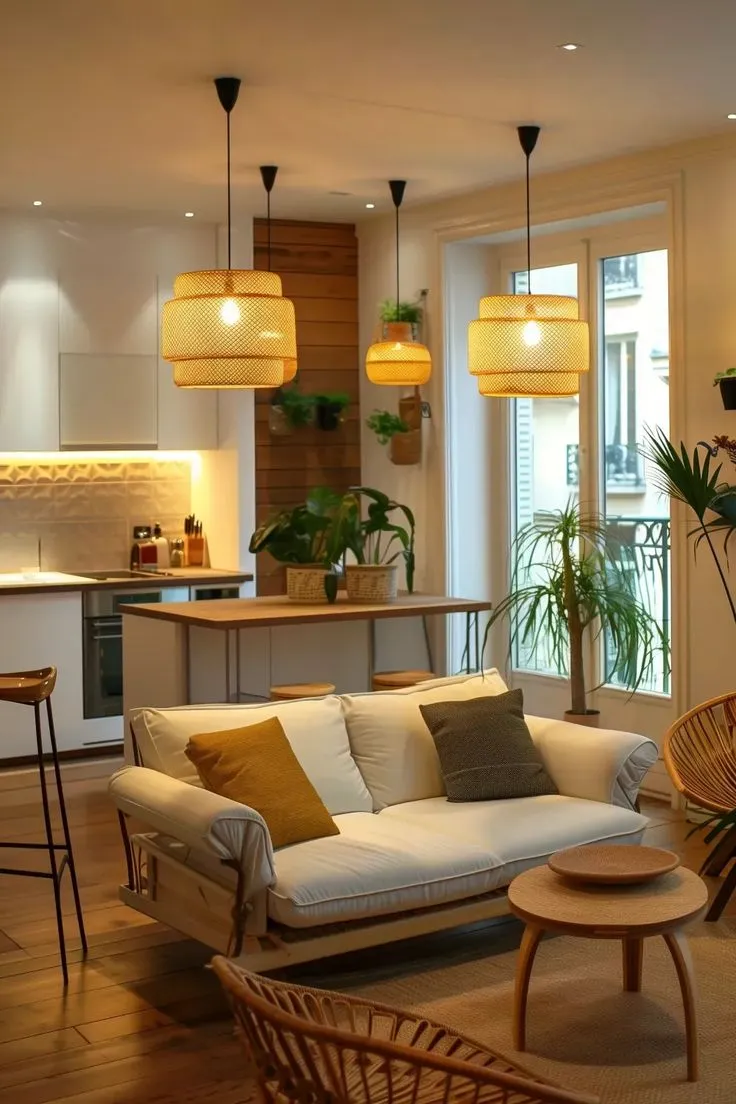
Image Source: Pinterest
Final thought
In a small living room when space is limited the same space also brings forth the inspiration on how to decorate. If you choose smart designs and maximise each inch of the available property, it can be both stylish and functional. The key is to strike a balance between aesthetics and functionality and to ensure that your home reflects you as a person and can function with your daily life.
